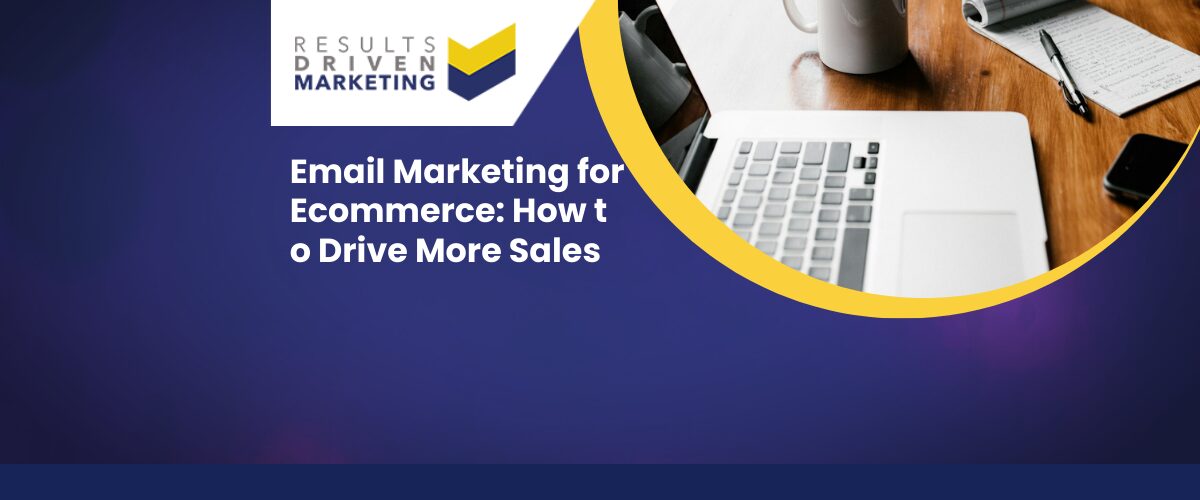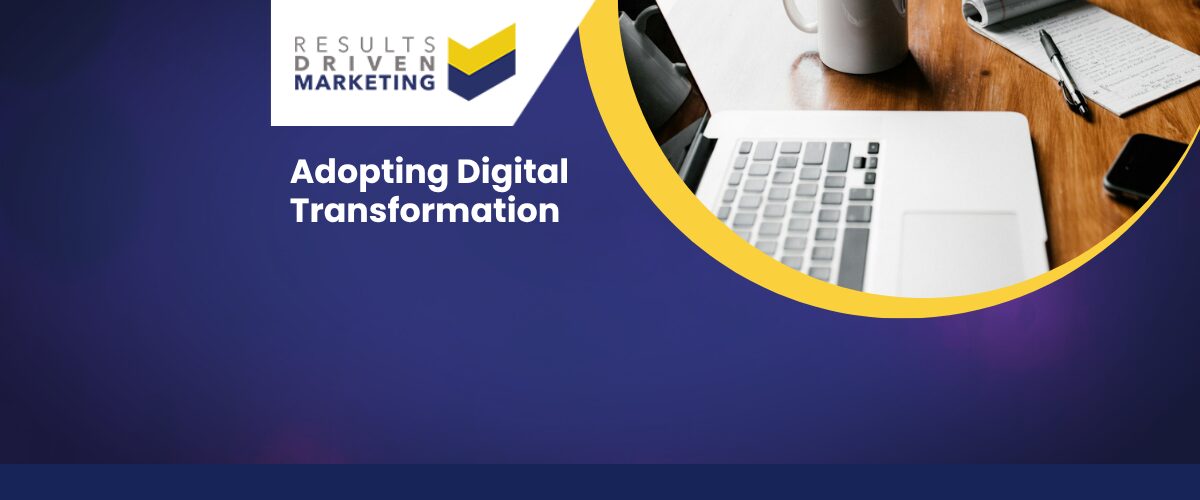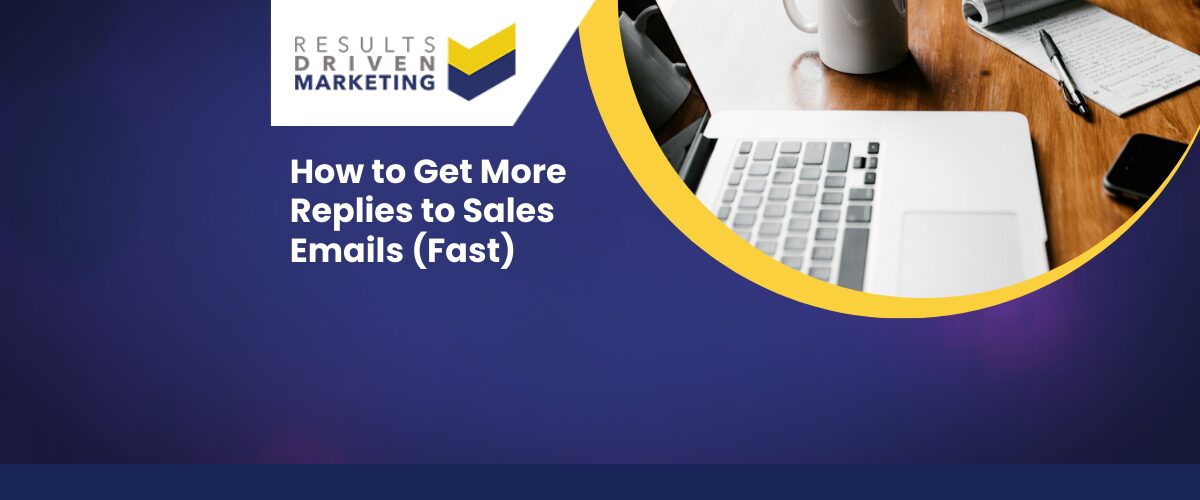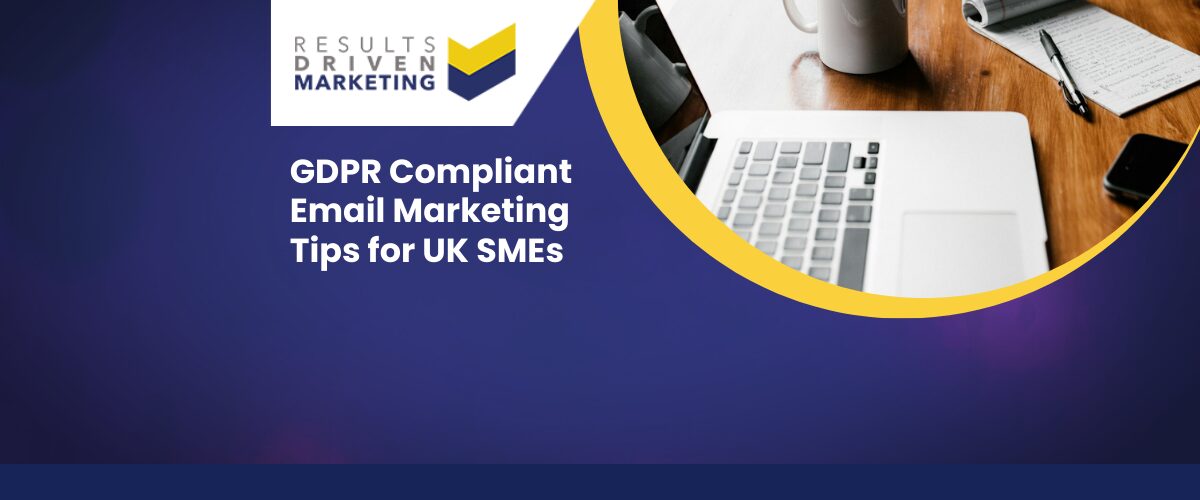
Email Marketing for Ecommerce: How to Drive More Sales
Email marketing for ecommerce is one of the most powerful tools SMEs can use to win new customers, increase repeat purchases, and boost revenue. Despite this, many businesses find their email campaigns underperform. The common complaints? Low open rates, disappointing click-throughs, and emails that don’t translate into sales.
Often, the problem isn’t the effort being put in — it’s the lack of strategy and targeting. Sending the same message to everyone, blasting inboxes too frequently, or failing to segment contacts properly are all mistakes that cost SMEs time and money. Add in compliance requirements like GDPR, and email marketing can quickly feel overwhelming.
The truth is, ecommerce email marketing doesn’t need to be complicated. With accurate data, smart segmentation, and a clear plan, SMEs can build campaigns that not only get opened but also drive measurable results. In this guide, we’ll break down how to do just that.
Table of contents:
Why Email Marketing Matters for Ecommerce
For SMEs, few marketing channels deliver the same return on investment as email. It remains one of the most reliable ways to build relationships, nurture prospects, and turn interest into sales. Unlike social media or paid ads, email puts you directly in front of decision-makers without competing with endless distractions.
High ROI Compared to Other Channels
Email consistently outperforms many digital channels in terms of cost per conversion. With the right targeting, even a modest campaign can generate significant revenue, making it ideal for SMEs working with tighter budgets.
Direct Communication with Buyers and Prospects
Unlike platforms where algorithms decide who sees your message, email guarantees delivery straight into the inbox. That control means you decide when and how your prospects hear from you.
Building Long-Term Relationships
Email marketing isn’t just about short-term promotions. Done well, it’s a way to build trust, educate prospects, and create loyalty among customers who return again and again. For ecommerce, that’s critical to increasing lifetime value and repeat sales.
Laying the Groundwork for Effective Email Marketing
Successful email marketing for ecommerce doesn’t start with flashy subject lines or clever graphics — it starts with the data behind your campaigns. Without accurate information and proper audience segmentation, even the best-written emails won’t deliver results.
Start with Accurate, Targeted Data
Your campaign is only as strong as the data powering it. Sending emails to outdated or irrelevant contacts leads to wasted effort, poor engagement, and lower deliverability. With reliable B2B data, you can be confident your message is reaching genuine decision-makers who match your target market.
Segment Your Audience for Better Results
Not every prospect is at the same stage of the buying journey, and not every customer has the same value to your business. Segmentation allows you to tailor your emails to specific groups, such as:
-
New vs returning customers – different messaging for acquisition and retention
-
High-value vs lower-value buyers – prioritising customers who drive the most profit
-
Industry or job role segmentation (B2B) – ensuring your offer resonates with the right decision-makers
Getting this foundation right means your emails are more relevant, more engaging, and far more likely to drive sales.
Types of Ecommerce Email Campaigns that Drive Sales
Once your data and segmentation are in place, it’s time to focus on the types of campaigns that consistently deliver results. Ecommerce businesses don’t need dozens of complex email flows — a handful of well-planned campaigns can cover most customer touchpoints.
Welcome Emails
First impressions count. A welcome email sets the tone for your relationship with new subscribers or customers. It’s your chance to introduce your brand, outline what they can expect, and start building trust. Keep it friendly, professional, and focused on value rather than hard selling.
Promotional Campaigns
Targeted promotions can be highly effective when they are relevant to the recipient. Instead of blasting the same offer to your entire list, segment your audience and tailor promotions to their industry, role, or buying behaviour. This avoids fatigue and makes your offers feel timely.
Abandoned Cart Emails
In ecommerce, abandoned carts are common. Well-timed reminders can recover lost sales and nudge hesitant buyers to complete their purchase. Keep the message short, clear, and benefits-driven — and avoid coming across as pushy.
Post-Purchase Follow-Ups
After a customer buys, your work isn’t done. Follow-up emails are an opportunity to upsell, cross-sell, or encourage repeat purchases. They also help strengthen the customer relationship, turning one-off buyers into loyal clients.
How to Personalise Ecommerce Emails for Maximum Impact
Personalisation is what turns a good email into a great one. It’s not just about adding a first name — it’s about making the entire message feel relevant to the person receiving it. For SMEs, smart personalisation can dramatically improve open rates, engagement, and ultimately sales.
Go Beyond First Names
While using someone’s name in the subject line can help, it’s not enough on its own. True personalisation means tailoring content around what matters most to your audience — whether that’s their industry, job role, or previous buying behaviour.
Tailor Subject Lines and Messaging
Generic subject lines are easily ignored. Instead, highlight a challenge or opportunity that resonates with your segment. For example, a sales director may respond better to a subject line about “improving conversion rates” than one focused on “brand awareness.”
Use Buying Behaviour to Guide Offers
Look at how customers have engaged before. Returning buyers may appreciate loyalty-based offers, while new prospects may be more interested in trial discounts or case studies. The closer your offer matches their journey, the stronger your results.
Make Emails Feel Timely and Relevant
Timing is another layer of personalisation. Sending emails at the right stage of the customer journey — whether it’s welcoming new subscribers, following up after a purchase, or nudging abandoned carts — makes them more effective and less intrusive.
Common Mistakes in Ecommerce Email Marketing
Even with the best intentions, many SMEs fall into traps that reduce the effectiveness of their campaigns. Recognising these mistakes is the first step to avoiding them.
Sending Too Many Emails
Bombarding inboxes often backfires. Instead of increasing sales, it can lead to unsubscribes and a loss of trust. Focus on quality over quantity, ensuring every email has a clear purpose.
One-Size-Fits-All Campaigns
Generic blasts rarely resonate. When you treat all prospects the same, your message is too broad to capture attention. Proper segmentation and targeting ensure your emails feel relevant to each recipient.
Poor Timing
The success of an email often depends on when it’s sent. Send too early or too late and your message risks being buried. Consider the habits of your audience — business owners may check email in the morning, while sales teams often engage later in the day.
Ignoring Compliance and Trust
Forgetting about regulations such as GDPR not only damages credibility but can also result in serious penalties. Always respect consent, be transparent about data use, and keep your messaging professional.
Measuring Success: Key Metrics to Track
A strong email marketing for ecommerce strategy isn’t just about sending messages — it’s about measuring what works and improving over time. By focusing on the right metrics, SMEs can identify strengths, fix weaknesses, and increase ROI.
Open Rates and Click-Through Rates
These show how many people are engaging with your emails. Low open rates may indicate weak subject lines, while poor click-through rates suggest the content or call-to-action isn’t compelling enough.
Conversion Rates and Revenue Per Email
The ultimate measure of success is sales. Tracking how many recipients take the desired action — whether that’s making a purchase, requesting a quote, or booking a call — helps prove ROI.
Bounce Rates and List Health
High bounce rates damage deliverability and reduce campaign performance. Regularly updating your database ensures your emails reach active, relevant contacts.
Customer Lifetime Value (CLV)
Email isn’t only about one-off sales. It’s also about building long-term relationships. Tracking CLV helps you understand the bigger picture of how email contributes to overall growth.
Why Choose Results Driven Marketing
Behind every successful ecommerce email campaign is accurate, reliable data. At Results Driven Marketing, we help SMEs cut through the noise with tailored B2B data that makes personalisation and targeting simple — and effective.
Here’s why UK businesses choose us:
-
Accurate, industry-standard data – Aggregated from leading UK sources and checked against strict quality benchmarks.
-
Segmentation across 2,000+ sectors – Whether you need decision-makers in manufacturing, finance, recruitment, or beyond, we provide lists that match your audience.
-
Fast, secure delivery – Your data is supplied in a password-protected format within 24 hours, so you can launch campaigns quickly.
-
Support from real people – We don’t just deliver lists. We advise on targeting and strategy, helping you get better results.
-
Focused on your success – Our mission is simple: help SMEs turn accurate email lists into more customers and profits.
With Results Driven Marketing, you get more than data — you get a partner invested in your long-term success.
Conclusion — Turning Emails into Sales
Email marketing for ecommerce remains one of the most effective ways for SMEs to generate sales, strengthen customer relationships, and maximise ROI. The key is making every email count — by combining accurate data with smart segmentation, clear messaging, and timely personalisation.
Remember the essentials:
-
Reliable data is the foundation of every successful campaign
-
Segmentation ensures your emails are relevant and targeted
-
Personalisation improves engagement and builds trust
-
Measuring performance helps you refine and grow over time
You don’t need a huge budget or complex technology to succeed with email marketing. By focusing on the fundamentals, SMEs can create campaigns that deliver measurable sales and long-term growth.
At Results Driven Marketing, we provide the high-quality B2B data that makes this possible. Ready to power your next campaign with confidence? Contact us today and see how we can help you reach the right people with the right message.
About Results Driven Marketing
Results Driven Marketing is a UK-based provider of B2B marketing lists, specialising in email, telemarketing, and direct mail data. We support SMEs across every sector with accurate, GDPR-compliant data solutions to power effective lead generation campaigns.
📍 Based in Newcastle (Cobalt Business Exchange)
📞 0191 406 6399
🌐 rdmarketing.co.uk
<a href=’https://www.b2blistings.org/’>B2B Listings</a>





